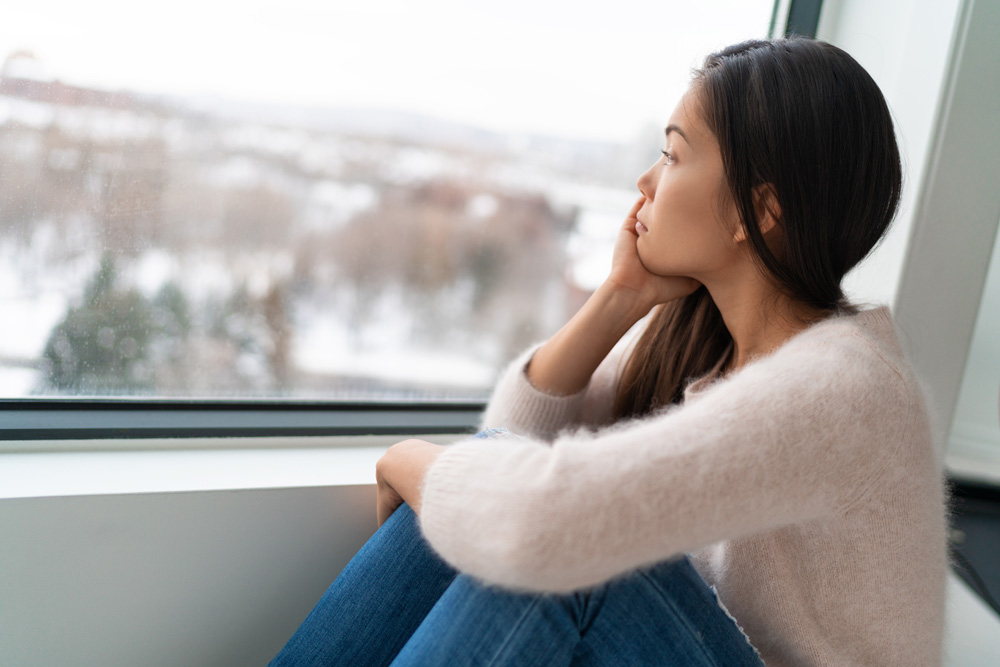Seasonal affective disorder is defined as depression, mania or hypomania that presents and remits seasonally, most common fall and winter. By far the most common type of SAD is winter depression. SAD is not its own condition, but a subtype of major depressive disorder, Bipolar I or Bipolar II disorder. There is no one answer for why this occurs to people, but the most common theory believes that shorter days and less sunlight cause chemical imbalances in the brain, though this is still controversial and SAD is likely multifactorial.
Anybody is at risk of developing this at some point, though females seem to be more affected than men and adults more than children or seniors.
Symptoms may include:
Changes in appetite (increased or decreased)
Depressed mood
Little interest or pleasure
Sleep changes
Fatigue or loss of energy
Neurocognitive dysfunction
So how do we treat SAD? Depends on the severity of symptoms. If left untreated symptoms generally remit in the spring and summer. Treatments for winter depression include antidepressants, psychotherapy, bright light therapy and or dawn simulation. For all patients experiencing depressive symptoms or SAD we recommend good sleep hygiene and sleep routines, daily walks outdoors even on gloomy days, regular aerobic exercise, enhanced indoor lighting and dawn simulation (hatch alarm clock or similar). Reach out to your doctor if you feel you might have symptoms of SAD.
Dr. Mackenzie



